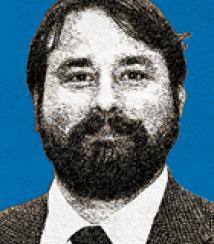Small Endowment
George Moss was still a graduate student at Louisiana State University’s E.J. Ourso College of Business when he began working in the school’s endowment office, in 2001. With no consulting firm to help with investment research, “I was thrown right into the fire,” recalls Moss, 36. After graduating that December, he took on the full-time role of director of investments, reporting to the chief financial officer. In 2007, after a one-year stint at Braeburn Capital, the Apple subsidiary that manages the tech giant’s cash, Moss returned to his alma mater as its first chief investment officer. As the sole investment professional, he now oversees $365 million in externally managed endowed assets for the Baton Rouge–based school’s LSU Foundation. In his quest for hedge fund investments, Moss went the fund-of-funds route in 2005. But times changed, and so has the portfolio. “We no longer break out hedge funds as a separate category,” explains Moss, who is in the process of unwinding the funds of funds and selecting direct hedge fund investments — he had 11 subscription documents on his desk earlier this year — to more easily place different strategies in the LSU portfolio’s four main asset allocation categories: global fixed income (24 percent), real assets (15 percent), global equity (46 percent) and diversifying strategies (15 percent). The last contains strategies that aren’t correlated to others, including global macro, absolute return, relative value and event-driven. Under the new approach long-short equity, for example, will reside in the equity portfolio, while distressed debt will be housed in the fixed-income portfolio. LSU’s one-year return was 13.3 percent at the end of 2012; its ten-year annualized return, going back to Moss’s grad school days, when the portfolio was $185 million, is 7.5 percent. — Frances Denmark

